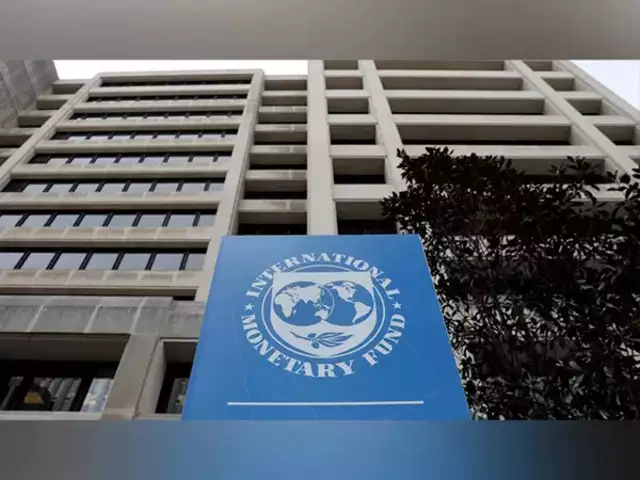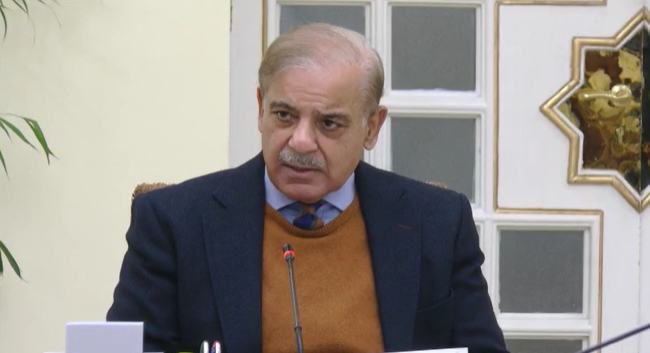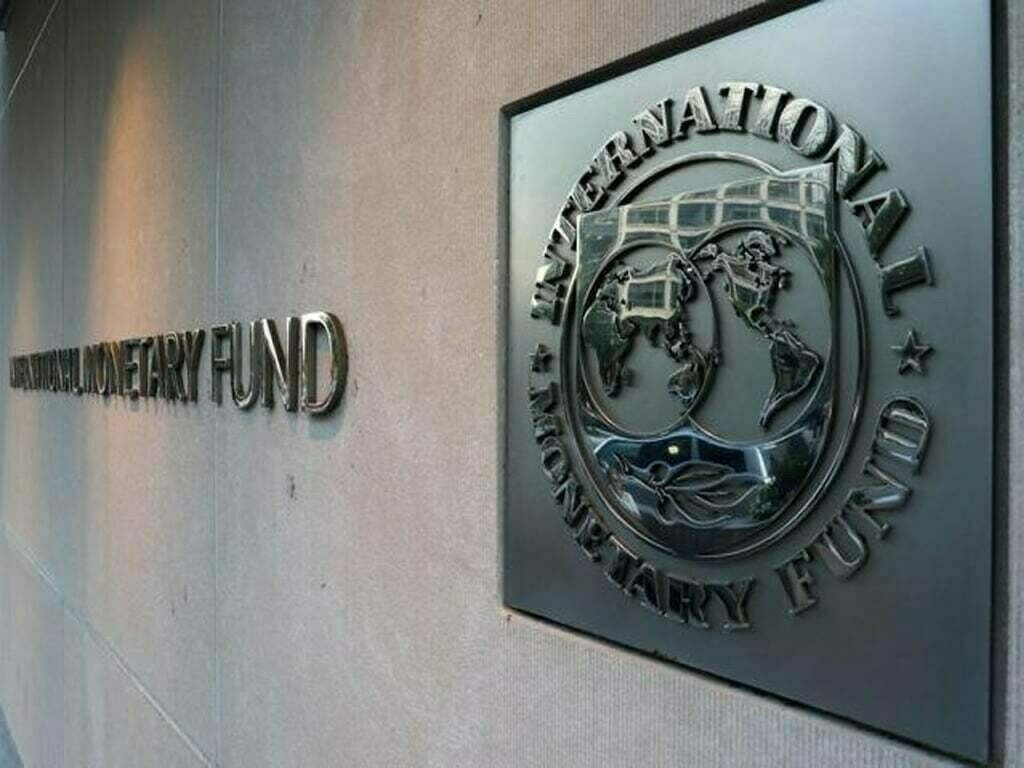PTBP Web Desk
The International Monetary Fund (IMF) has forecast Pakistan’s GDP growth rate at 3.6 percent for the fiscal year 2025-26, which is notably lower than the government’s target of 4.2 percent. The revised estimate was shared in the IMF’s latest report titled “World Economic Outlook: Global Economy in Flux, Prospects Remain Dim.”
The Fund emphasized that these projections do not yet account for the impact of the 2025 monsoon floods, as the full economic damage from the disaster has not been assessed. This caveat leaves room for further downward revisions depending on the extent of agricultural and infrastructure losses.
According to the IMF’s World Economic Outlook (WEO), Pakistan’s economy is expected to expand by 2.7 percent in 2024-25, slightly below the government’s revised estimate of 3.07 percent. Earlier in the fiscal year, growth had been projected at 2.68 percent, reflecting ongoing economic headwinds including inflationary pressure, high borrowing costs, and fragile investor confidence.
For FY2025-26, the IMF anticipates a modest acceleration to 3.6 percent GDP growth, but the report warns that macroeconomic stability remains vulnerable due to external shocks, weak export performance, and limited fiscal space.
The report also forecasts a rise in consumer price inflation, projecting an increase from 4.5 percent in 2025 to 6 percent in 2026. The Fund attributed this to potential supply disruptions and currency volatility.
However, there is a slight improvement in employment figures. The unemployment rate is expected to decline from 8 percent in 2025 to 7.5 percent in 2026, suggesting a gradual recovery in industrial and service sectors.
The IMF’s data further indicates that Pakistan’s current account balance will shift from a surplus of 0.5 percent in 2025 to a deficit of (-)0.4 percent in 2026, reflecting increased imports and possible export constraints.
The general government net lending/borrowing balance is projected at (-)5.3 percent of GDP for 2025, improving slightly to (-)4.1 percent of GDP for 2026. This indicates that fiscal consolidation remains a challenge for Islamabad, despite policy efforts to raise tax revenues and curb expenditures.
The IMF urged the government to strengthen fiscal discipline, improve tax collection, and reduce reliance on external borrowing. It also emphasized the need to prioritize energy sector reforms and enhance governance in public enterprises to achieve sustainable growth.
(Internal Link Suggestion: Link this section to your article on “Pakistan’s Fiscal Challenges and IMF Reforms” if published on your platform.)
On the global front, the IMF report highlights that the world economy continues to adjust to a landscape reshaped by new policy shifts and trade realignments. While some protectionist measures have been eased through negotiations, the overall environment remains volatile and uncertain.
Global growth is forecast to slow from 3.3 percent in 2024 to 3.2 percent in 2025 and 3.1 percent in 2026. Advanced economies are expected to grow at around 1.5 percent, while emerging markets and developing economies may expand slightly above 4 percent.
The Fund noted that temporary factors that boosted economic activity in the first half of 2025 — such as front-loaded public spending and inventory restocking — are now fading, creating pressure on both demand and output.
Inflation is projected to continue declining globally, though with significant regional variations. The report warned that inflation remains above target in the United States, with risks “tilted to the upside,” whereas it is expected to remain subdued in most other regions.
(External Link Suggestion: Include a link to the IMF’s official World Economic Outlook Report for readers seeking the full document.)
The IMF cautioned that risks to global growth are “tilted to the downside.” Prolonged geopolitical uncertainty, trade barriers, and supply chain disruptions could further weaken momentum in 2025 and beyond.
It warned that fiscal vulnerabilities and potential financial market corrections might undermine stability, especially in emerging economies like Pakistan, which face high debt burdens and low foreign exchange reserves.
The Fund called on policymakers to restore market confidence through credible, transparent, and sustainable economic policies. It also urged governments to rebuild fiscal buffers, preserve central bank independence, and pursue structural reforms to enhance productivity and resilience.
“Trade diplomacy should be paired with macroeconomic adjustment. Fiscal buffers should be rebuilt. Central bank independence should be preserved. Efforts on structural reforms should be redoubled,” the report stated.
These recommendations echo earlier guidance issued under Pakistan’s IMF stabilization program, which stresses prudent fiscal management and structural transformation to achieve sustainable economic recovery.




